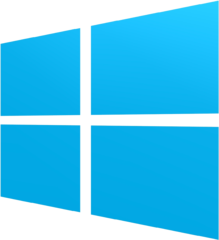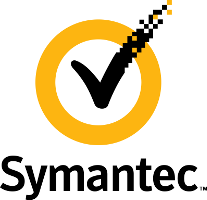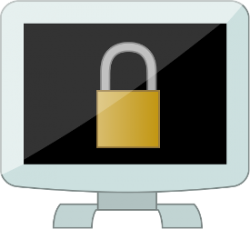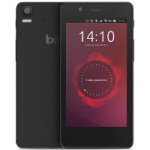 We might as well start with the moral of this story: Don’t protect Windows with Windows.
We might as well start with the moral of this story: Don’t protect Windows with Windows.
For at least a decade, Microsoft has been chanting the mantra, “at Microsoft security is job one,” over and over and over. During this time, it’s repeated this mantra often enough to convince a lot of people that Windows is much safer than it once was, which I suppose is true since it couldn’t have gotten much worse. However, a new report from AV-Test proves the company isn’t yet ready to move up to the next mantra level and begin chanting, “at Microsoft we do security right,” because clearly it doesn’t.
Christine Hall has been a journalist since 1971. In 2001, she began writing a weekly consumer computer column and started covering Linux and FOSS in 2002 after making the switch to GNU/Linux. Follow her on Twitter: @BrideOfLinux




 Ironically, this side door is intended to be a security door for third party add-ons that every Windows machine needs to keep it safe from cracker hackers — if that’s indeed possible. And this security tool is usually more trusted by Microsoft system admins, especially those outside the U.S., than Windows itself.
Ironically, this side door is intended to be a security door for third party add-ons that every Windows machine needs to keep it safe from cracker hackers — if that’s indeed possible. And this security tool is usually more trusted by Microsoft system admins, especially those outside the U.S., than Windows itself.
 I participate in a group of professional penetration testers (the nice folks who help you test your security as if they were the bad guys) called
I participate in a group of professional penetration testers (the nice folks who help you test your security as if they were the bad guys) called 
 The neglect he mentions has caused more than a few near misses that fell inches short of disaster, with two major incidents happening last year alone.
The neglect he mentions has caused more than a few near misses that fell inches short of disaster, with two major incidents happening last year alone.
 At the height of the media frenzy that developed around Snowden’s initial revelations, there were allegations that Microsoft had not only built back doors in its software for the NSA and other government agencies to use against foreign businesses and governments, but that it was cooperating with U.S. authorities in other ways as well. For example, one report indicated that the company was passing along details of unpatched security vulnerabilities in Windows to the NSA, effectively adding temporary tools to the spy agency’s cyber arsenal.
At the height of the media frenzy that developed around Snowden’s initial revelations, there were allegations that Microsoft had not only built back doors in its software for the NSA and other government agencies to use against foreign businesses and governments, but that it was cooperating with U.S. authorities in other ways as well. For example, one report indicated that the company was passing along details of unpatched security vulnerabilities in Windows to the NSA, effectively adding temporary tools to the spy agency’s cyber arsenal.

 That was referring to the first flash sale, held Wednesday morning EU time, in which all devices being made available were sold out in “just a few hours,”
That was referring to the first flash sale, held Wednesday morning EU time, in which all devices being made available were sold out in “just a few hours,”